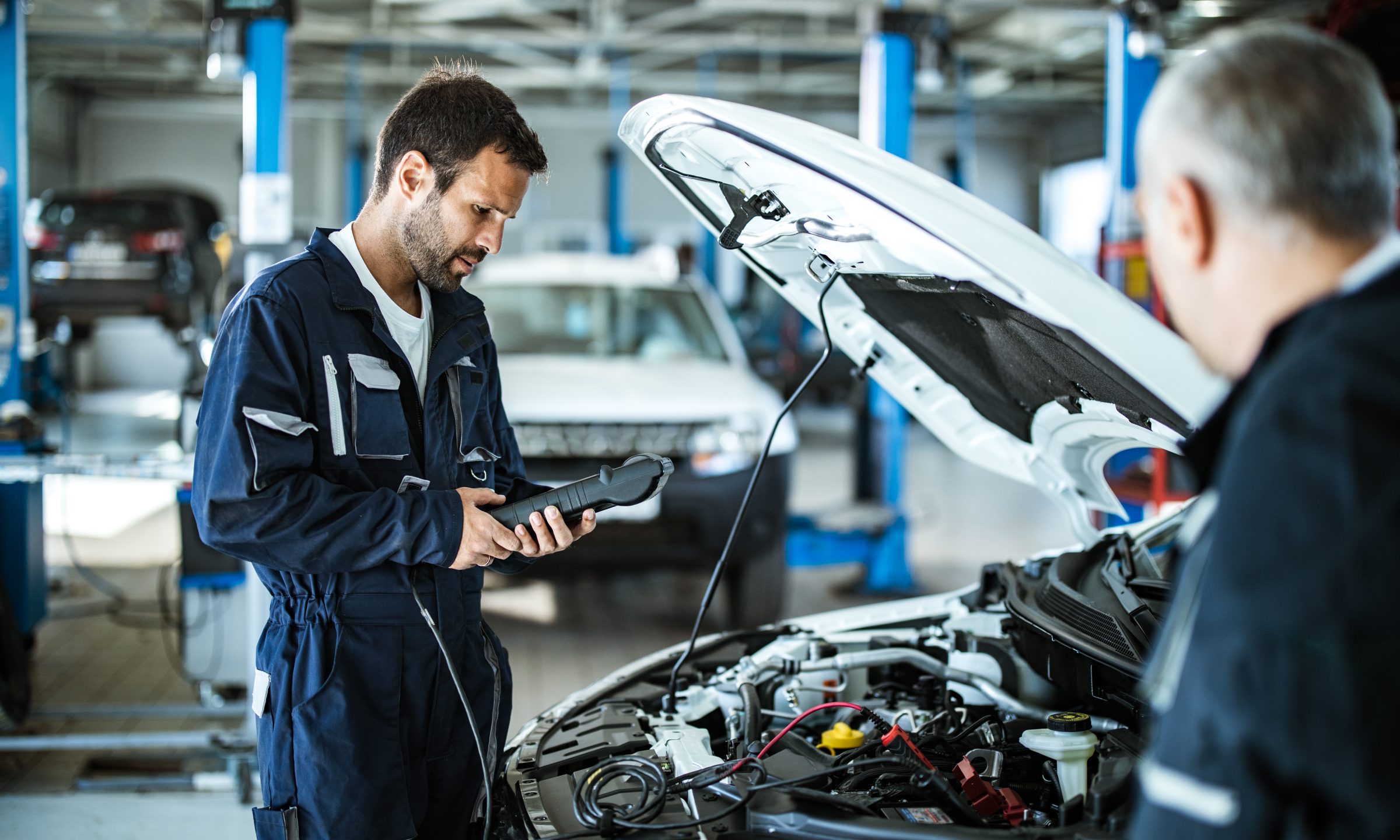Ensuring safety on the road is paramount for drivers, passengers, and pedestrians alike. Modern vehicles are equipped with a plethora of innovative safety features designed to mitigate risks and protect occupants in the event of accidents. Understanding these common automotive safety technologies is essential for promoting safe driving practices and reducing the likelihood of collisions.

Active Safety Systems: Preventing Accidents Before They Happen
Electronic Stability Control (ESC): Maintaining Vehicle Stability
Electronic Stability Control (ESC), also known as Electronic Stability Program (ESP) or Dynamic Stability Control (DSC), is a sophisticated safety system designed to prevent skidding and loss of control during evasive maneuvers or adverse driving conditions. By selectively applying brakes and adjusting engine power, ESC helps drivers maintain control of their vehicles and avoid potential accidents.
Anti-lock Braking System (ABS): Preventing Wheel Lock-Up
The Anti-lock Braking System (ABS) is a standard safety feature in modern vehicles that prevents wheel lock-up during emergency braking situations. By pulsating the brakes rapidly, ABS allows drivers to maintain steering control and avoid skidding on slippery surfaces or during sudden stops, reducing the risk of collisions and enhancing overall vehicle stability.
Passive Safety Features: Protecting Occupants in the Event of Collisions
Airbags: Cushioning Impact Forces
Airbags are inflatable cushions that deploy rapidly in the event of a collision, providing a cushioning barrier between occupants and hard surfaces within the vehicle. Frontal airbags, side airbags, curtain airbags, and knee airbags are among the common types of airbag systems designed to protect occupants from impact forces and reduce the risk of injury during accidents.
Seatbelts: Restraining Occupants During Collisions
Seatbelts are primary restraints designed to secure occupants in their seats and prevent them from being ejected from the vehicle during collisions or sudden stops. By distributing impact forces across the stronger parts of the body, seatbelts help reduce the risk of injury to occupants and increase the likelihood of survival in the event of accidents.
Advanced Driver Assistance Systems (ADAS): Augmenting Driver Awareness and Control
Lane Departure Warning (LDW): Alerting Drivers to Lane Drift
Lane Departure Warning (LDW) systems use cameras or sensors to monitor the vehicle’s position within its lane and alert drivers if they unintentionally drift out of their lane without signaling. By providing visual, audible, or haptic warnings, LDW systems help drivers maintain lane discipline and reduce the risk of collisions caused by lane drifting or drowsy driving.
Adaptive Cruise Control (ACC): Maintaining Safe Following Distances
Adaptive Cruise Control (ACC) is an advanced driver assistance feature that automatically adjusts the vehicle’s speed to maintain a safe following distance from the vehicle ahead. By using radar or laser sensors to monitor traffic conditions, ACC systems can accelerate, decelerate, or brake the vehicle as needed, enhancing convenience and safety during highway driving.
Collision Avoidance Systems: Mitigating Risks of Forward Collisions
Forward Collision Warning (FCW): Alerting Drivers to Impending Collisions
Forward Collision Warning (FCW) systems use sensors or cameras to detect vehicles or obstacles in the vehicle’s path and alert drivers to impending collisions. By providing visual or audible warnings, FCW systems give drivers valuable time to react and take evasive action, potentially avoiding rear-end collisions or reducing their severity.
Autonomous Emergency Braking (AEB): Automatically Applying Brakes
Autonomous Emergency Braking (AEB) systems are designed to automatically apply the brakes if the vehicle detects an imminent collision and the driver fails to take evasive action. By using radar, lidar, or camera sensors to assess the risk of a collision, AEB systems can reduce the severity of accidents or prevent them altogether by initiating emergency braking maneuvers.
Conclusion: Prioritizing Safety on the Road
In conclusion, common automotive safety features play a crucial role in enhancing road safety and reducing the likelihood of accidents and injuries. From active safety systems that prevent collisions before they happen to passive safety features that protect occupants in the event of accidents, these innovative technologies are instrumental in promoting safe driving practices and saving lives on the road. By understanding and embracing these safety features, drivers can prioritize safety behind the wheel and contribute to creating safer roadways for everyone.